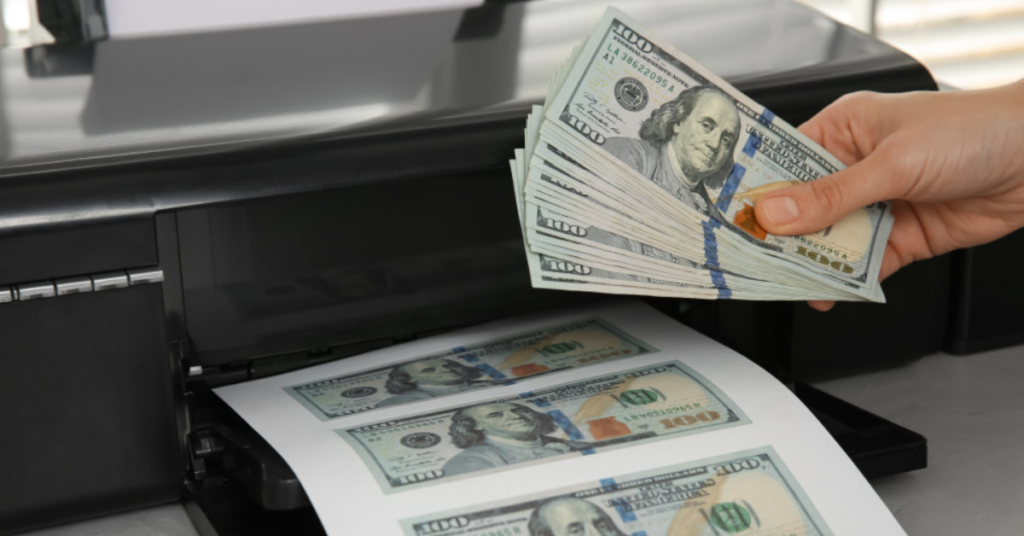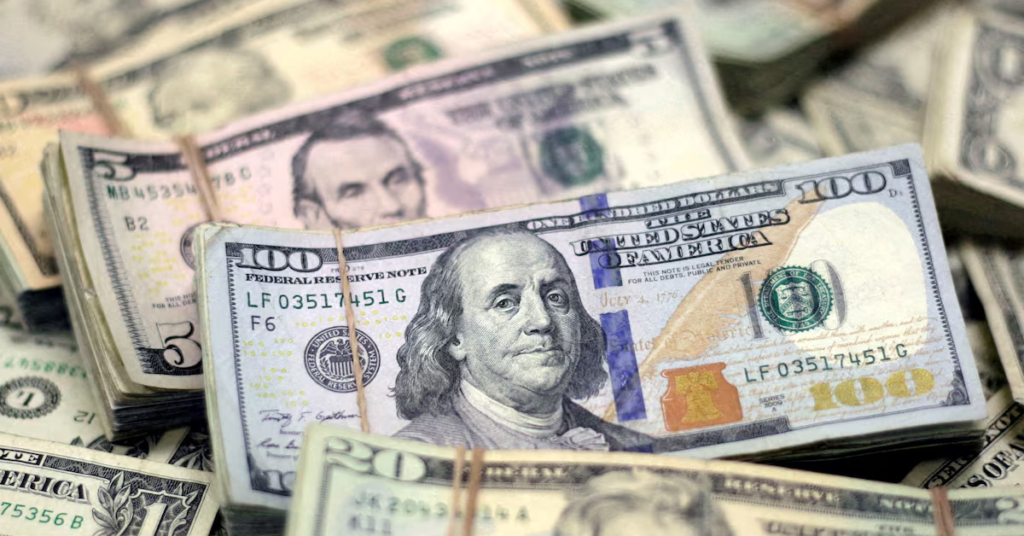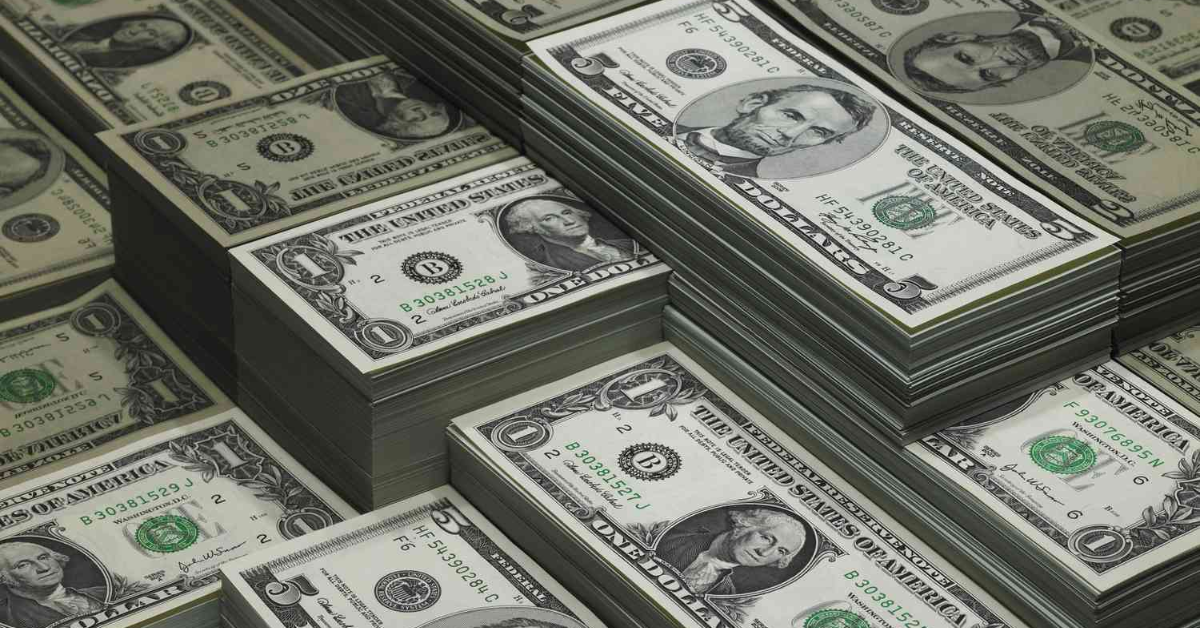The next time you pay for something with US dollars, take a moment to think about the history of the money you’re using. The journey of American currency is an exciting one. It has evolved from early colonial coins to Continental bills, then to “greenbacks,” and finally to the familiar coins and Federal Reserve Notes we know today, such as pennies, nickels, dimes, and quarters.
From the start, the story of US currency has been shaped by the need for a reliable way to trade goods and services. As the nation grew, so did the demand for a more organized and trusted form of money. Let’s dive into the history behind US currency and explore its fascinating journey.
The Colonial Era and Early Coinage
Before the United States even became a country, early settlers in the 1600s faced the challenge of trade. There wasn’t any official money at first, so people traded goods like furs, tobacco, or crops. However, as the colonies grew, there was a greater need for a more formal system of currency.

The first coins used in the American colonies were minted in the late 1600s. These early coins were often foreign, brought in by settlers or traders. The Spanish dollar, also known as the “pieces of eight,” was one of the most popular. This coin was used widely and was a major influence on the American dollar. The British also brought in coins from their empire, but there were still no official “American” coins at this point.
Continental Bills – The Birth of Paper Money
As the American Revolution began in 1775, the Continental Congress needed money to fund the war effort. They created the Continental Currency, which was paper money printed by the government to help pay for the war. However, these bills quickly lost their value due to overprinting and a lack of trust in the government’s ability to repay its debts. This led to the famous phrase, “not worth a Continental.”
Despite this failure, the idea of paper money remained important in US history. A more reliable and standardized currency system was clearly needed.
The Rise of Greenbacks During the Civil War
In 1861, the United States faced another financial crisis during the Civil War. The government needed money to fund the war, and once again, they turned to paper currency. This time, the government issued a new type of paper money called “greenbacks” due to the green ink used on the bills. Greenbacks were legal tender, meaning they had to be accepted as payment for debts, and they helped finance the Union’s war efforts.
While greenbacks helped the Union win the war, their value fluctuated greatly, especially in the South, where Confederate money became worthless as the war dragged on. After the war, the US government worked to stabilize the currency and establish the Federal Reserve, which would play a crucial role in shaping the future of US money.
The Creation of the Federal Reserve and the Standardization of US Currency
In 1913, the Federal Reserve System was created to provide a more stable and reliable currency for the nation. The Federal Reserve is the central banking system of the United States, and it helps control the money supply and regulate interest rates. The creation of the Federal Reserve was a significant step in ensuring that the US dollar would be a stable and trusted form of currency.

As part of its role, the Federal Reserve began issuing Federal Reserve Notes, which are the paper bills we use today. These notes are backed by the US government, and their value is influenced by factors like the economy and the Federal Reserve’s monetary policies.
Coins and the Minting Process
Coins have always been part of the US monetary system, along with paper currency. The first US Mint was established in 1792, and its job was to create official US coins. The earliest coins included the half cent, penny, nickel, dime, and quarter. These coins were made from precious metals like gold and silver, but over time, the US Mint began using other metals like copper and nickel to create more affordable coins.
Today, coins such as the penny, nickel, dime, and quarter are still in circulation, each with its own distinct design. The US Mint continues to produce coins, and some, like the penny, have been the subject of debate about whether they should continue to be minted due to their low value.
The Evolution of the Dollar
The US dollar has undergone many changes. Originally based on a fixed value of silver and gold, it gradually moved away from this system in the 20th century. The United States officially abandoned the gold standard in 1971 under President Richard Nixon, meaning that the US dollar is no longer directly tied to a specific amount of gold. Instead, it is now a fiat currency, meaning its value is based on the trust and confidence people have in the US government and economy.
The value of the dollar is influenced by many factors, including inflation, interest rates, and global trade. Thanks to its role as the global reserve currency, the US dollar is also one of the most widely used currencies in the world.
The Future of US Currency
As technology continues to advance, the future of US currency may look very different. Digital currencies, like Bitcoin and other cryptocurrencies, have become more popular in recent years, and there is even talk of a digital dollar being introduced by the Federal Reserve in the future. These digital currencies could change how we use money and could make transactions faster and more secure.
However, despite these advances, traditional paper money and coins are still widely used. It remains to be seen how digital currencies will affect the US monetary system in the coming years, but for now, US currency continues to be a symbol of the nation’s history and economic power.
Conclusion
The history of US currency is a fascinating journey that reflects the growth and development of the United States itself. From the early colonial coins to the introduction of paper money, the rise of greenbacks, the creation of the Federal Reserve, and the ongoing use of digital currencies, the evolution of US money has been a key part of the country’s story. As we continue to look to the future, one thing is clear: the story of US currency is far from over.
Disclaimer: This article has been meticulously fact-checked by our team to ensure accuracy and uphold transparency. We strive to deliver trustworthy and dependable content to our readers.








